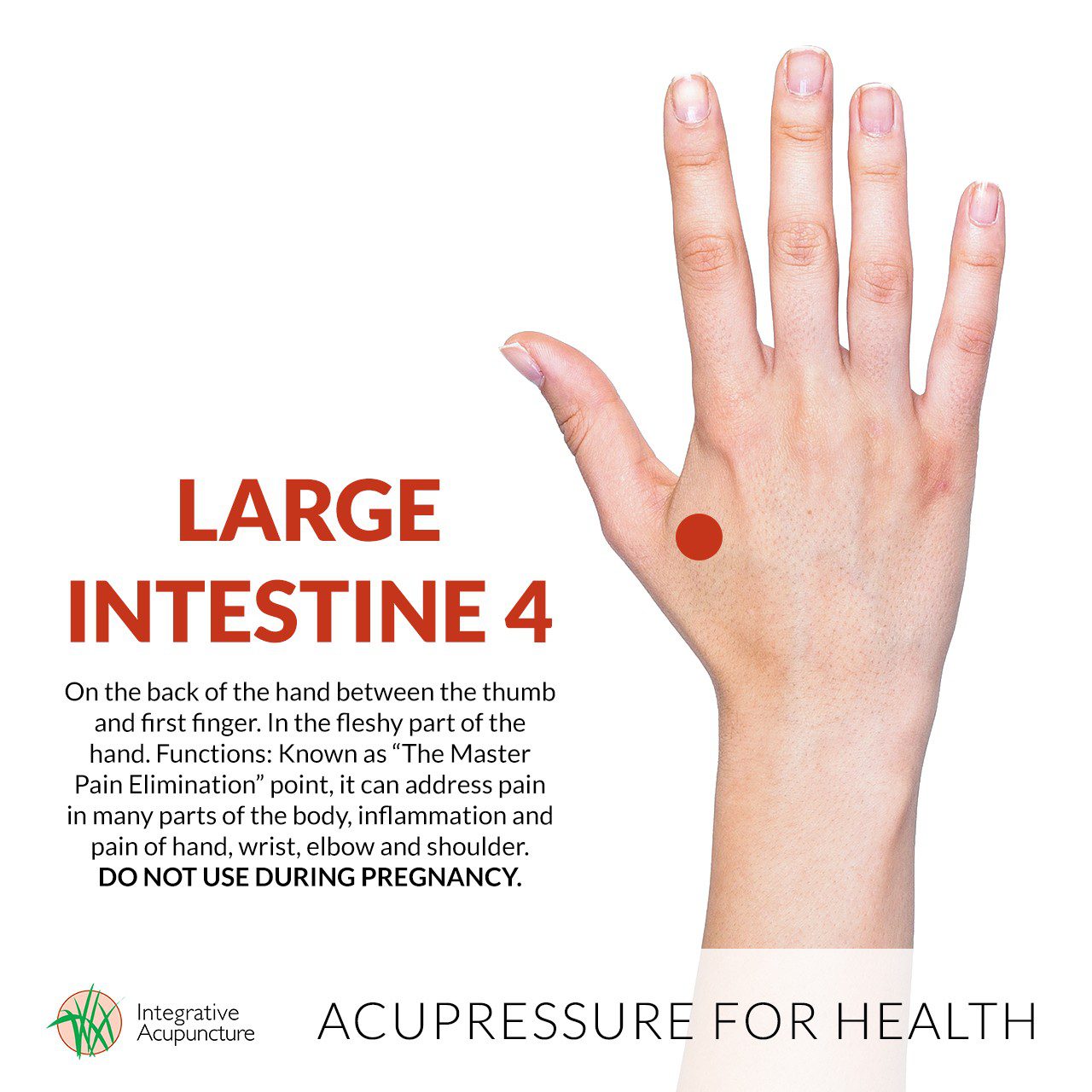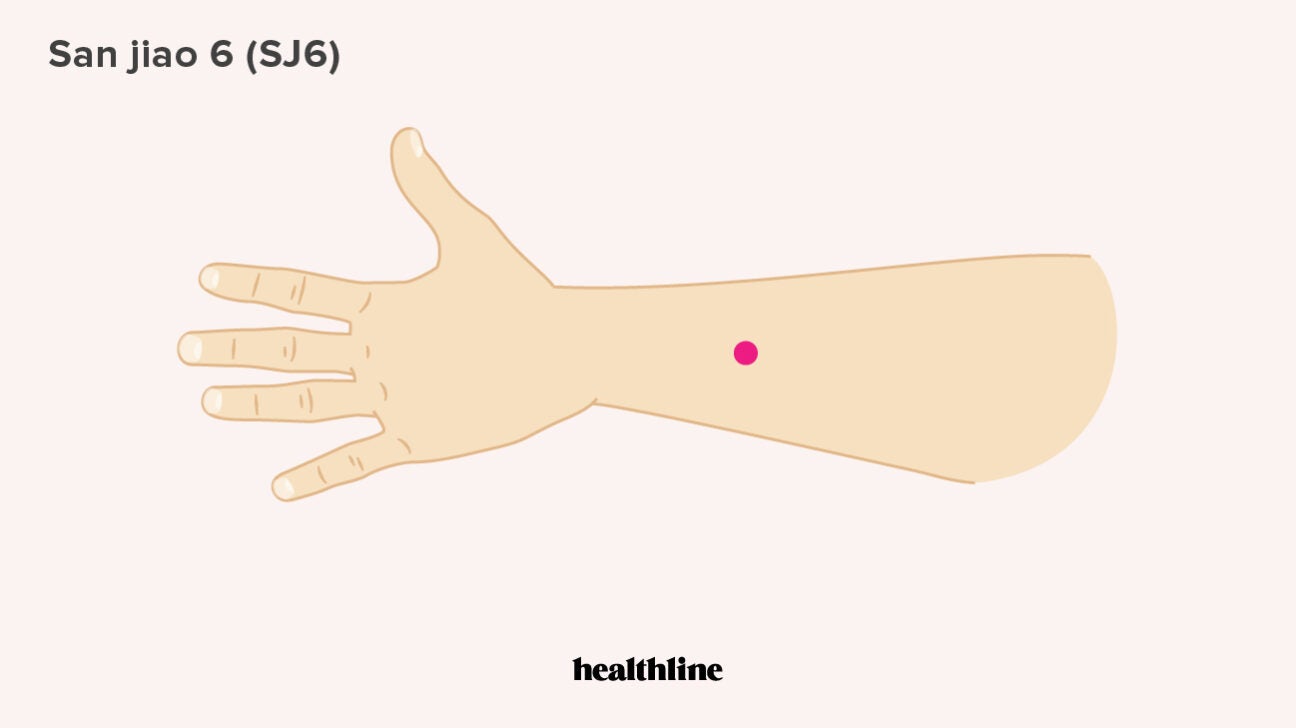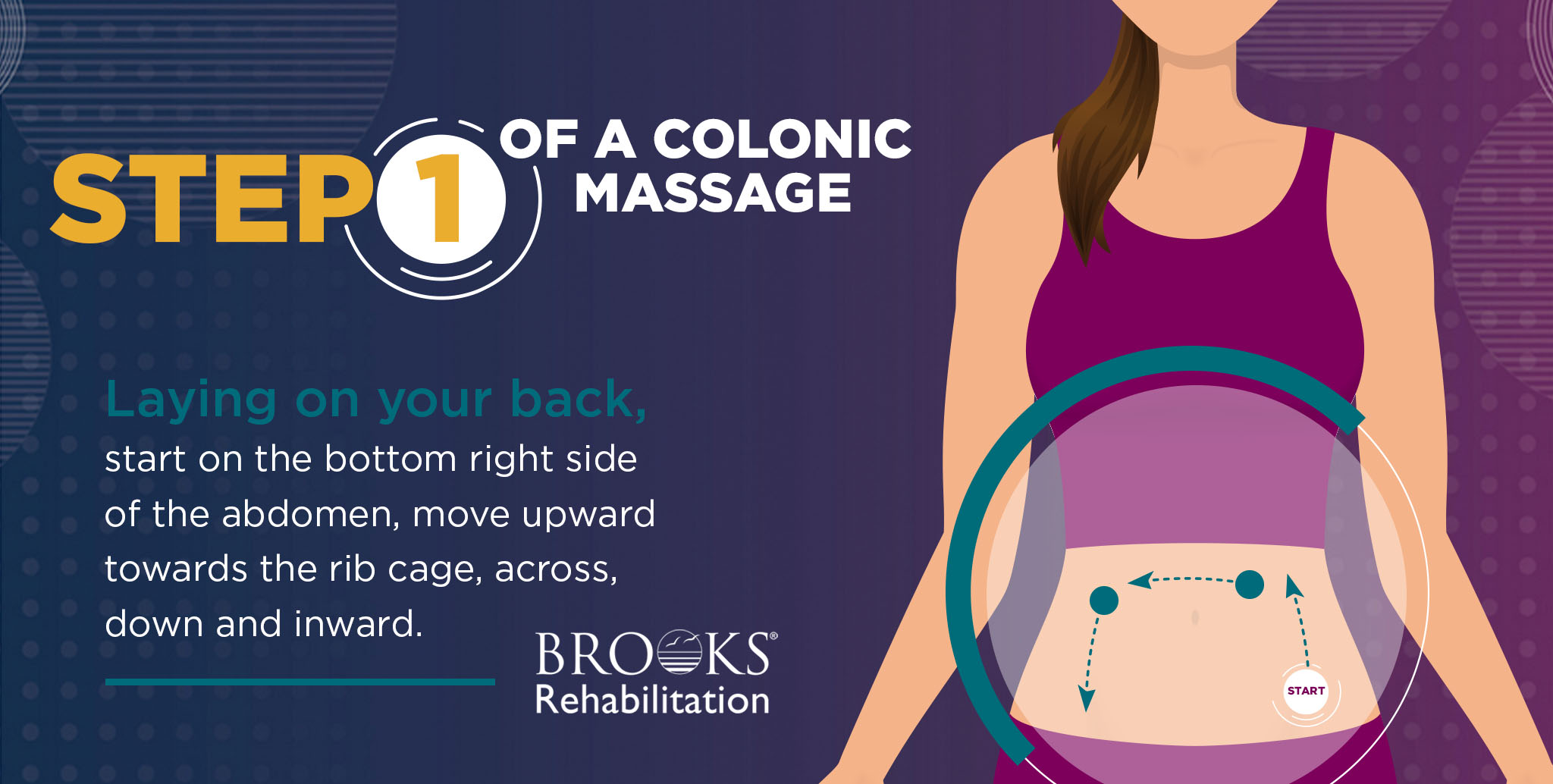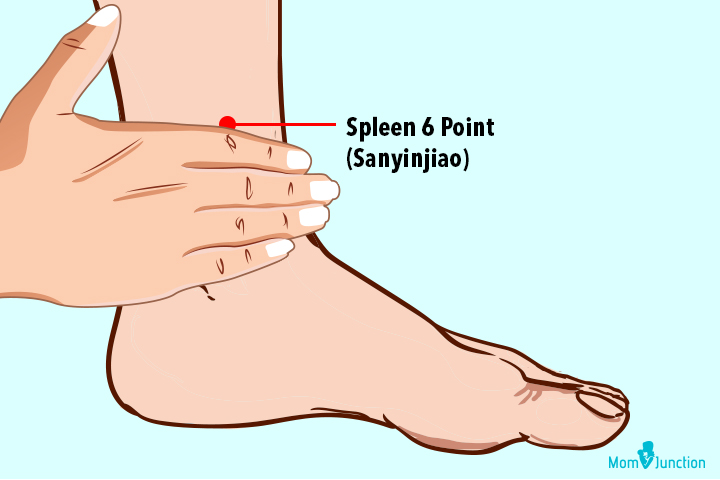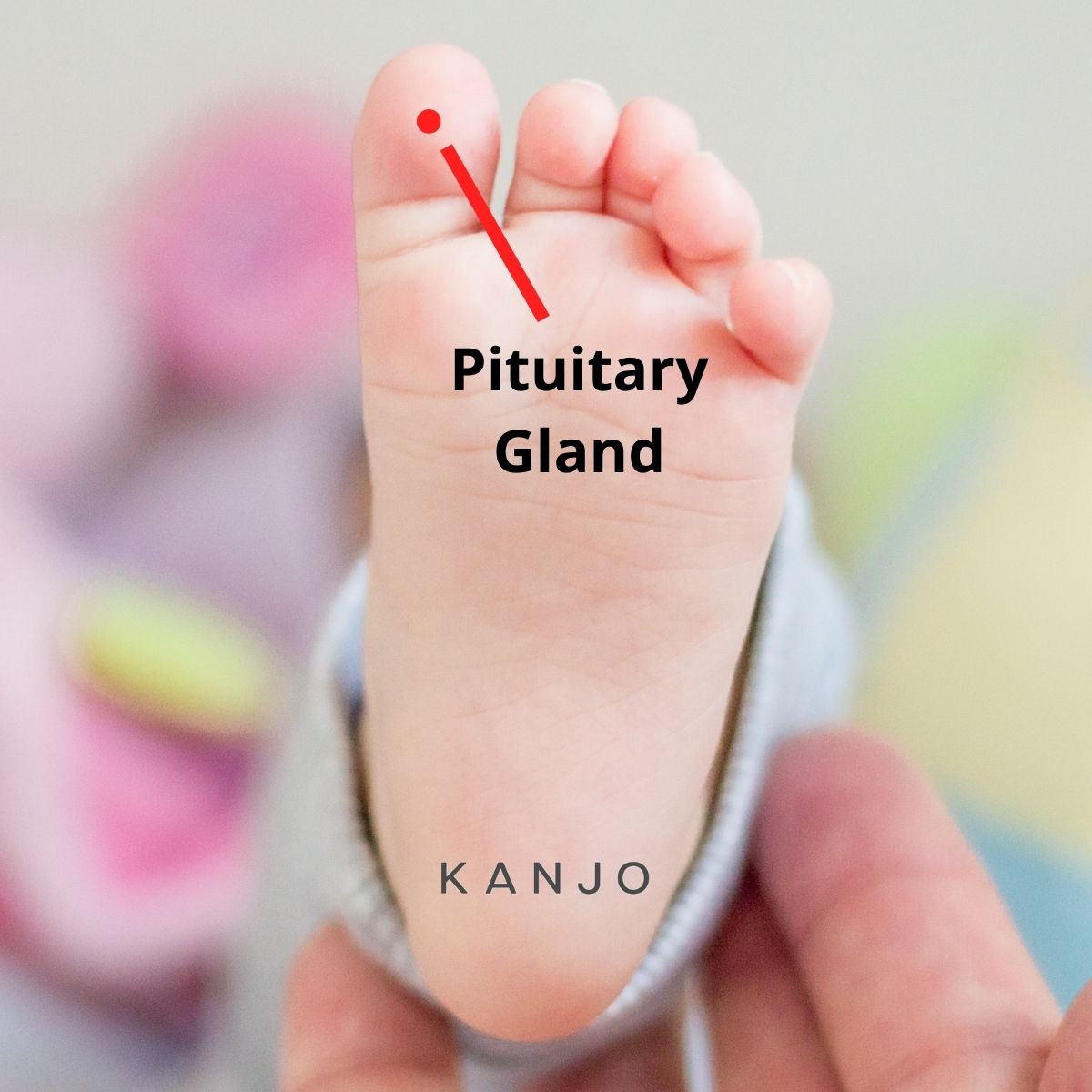Pressure Points To Stimulate Bowel Movement
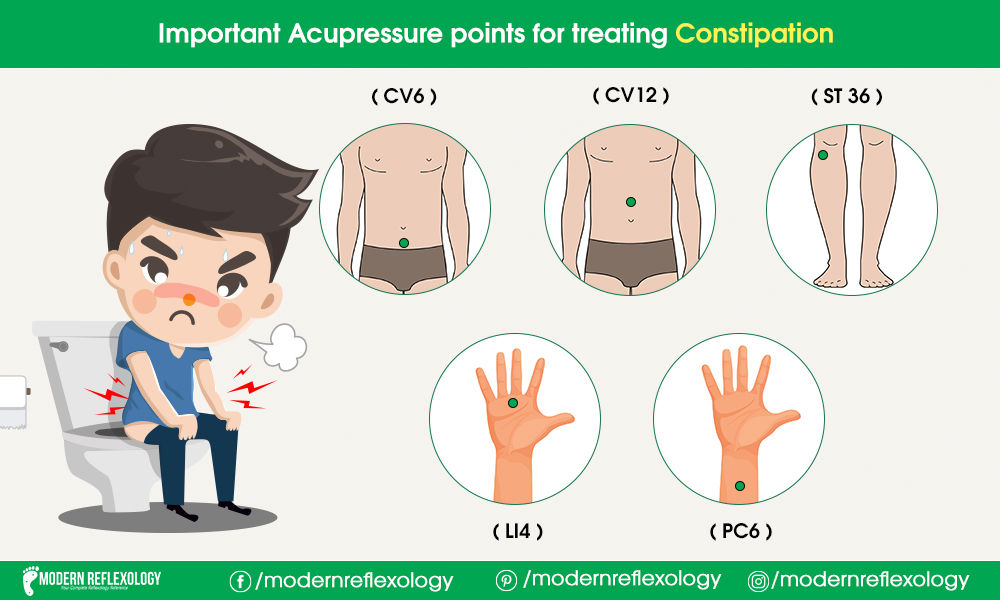
The discomfort of constipation, a common ailment affecting millions worldwide, can significantly impact daily life. While conventional treatments like fiber supplements and laxatives exist, some individuals seek alternative, non-pharmacological approaches. Acupressure, the application of pressure to specific points on the body, is gaining traction as a potential method to stimulate bowel movements and relieve constipation.
This article explores the evidence surrounding acupressure for constipation relief, examining specific pressure points, expert opinions, and scientific studies. It aims to provide a balanced perspective on the effectiveness and limitations of this alternative therapy, empowering readers to make informed decisions about their digestive health.
Understanding Acupressure and its Potential for Constipation Relief
Acupressure is rooted in Traditional Chinese Medicine (TCM), which posits that vital energy, or qi, flows through specific pathways called meridians. Blockages in these meridians are believed to cause illness, and acupressure aims to restore balance by stimulating particular points along these pathways.
In the context of constipation, certain acupressure points are thought to influence the digestive system, promoting bowel movements and relieving discomfort. The theory suggests that stimulating these points can increase intestinal motility, relax abdominal muscles, and reduce inflammation, all of which can contribute to easing constipation.
Key Acupressure Points for Constipation
Several acupressure points are commonly recommended for stimulating bowel movements. These include:
Stomach 25 (ST25) - Tianshu
Located about two inches to the side of the navel, ST25 is believed to regulate the large intestine and alleviate abdominal distension. According to TCM practitioners, applying pressure to this point can help improve bowel function and relieve constipation caused by stagnation.
Large Intestine 4 (LI4) - Hegu
LI4, situated on the back of the hand between the thumb and index finger, is a powerful point used for various ailments, including digestive issues. While pregnant women should avoid this point, others may find it helpful in stimulating bowel movements and relieving abdominal pain.
Spleen 6 (SP6) - Sanyinjiao
Found on the inside of the lower leg, about three inches above the ankle bone, SP6 is considered a vital point for overall health and well-being. Stimulating this point may help regulate the digestive system and alleviate constipation by promoting the smooth flow of qi.
Pericardium 6 (PC6) - Neiguan
Located on the inside of the forearm, about two inches from the wrist crease, PC6 is often used to relieve nausea, but it can also aid in digestion. Applying pressure to this point may help relax the abdominal muscles and promote peristalsis, the wave-like contractions that move stool through the intestines.
How to Perform Acupressure for Constipation
To perform acupressure, use your fingertips or knuckles to apply firm, steady pressure to the selected point. Massage the point in a circular motion for 2-3 minutes. Repeat the process several times a day, or as needed.
It's important to listen to your body and avoid applying excessive pressure that causes pain. Combining acupressure with other lifestyle changes, such as increased fiber intake, hydration, and regular exercise, may enhance its effectiveness.
Scientific Evidence and Expert Opinions
While anecdotal evidence and TCM principles support the use of acupressure for constipation, the scientific evidence remains limited. Some small studies have suggested that acupressure may be effective in relieving constipation, particularly in specific populations, such as elderly individuals or those with chronic constipation.
For instance, a study published in the Journal of Alternative and Complementary Medicine found that acupressure at the ST25 point significantly reduced constipation symptoms in elderly patients. However, larger, well-designed studies are needed to confirm these findings and determine the long-term efficacy of acupressure for constipation.
Dr. Linda Wong, a gastroenterologist at the Mayo Clinic, acknowledges the potential benefits of acupressure as a complementary therapy for constipation. "While not a replacement for conventional medical treatments, acupressure may provide some relief for individuals experiencing mild to moderate constipation," she states. "However, it's crucial to consult with a healthcare professional to rule out any underlying medical conditions and to develop a comprehensive treatment plan."
"Acupressure should be considered as part of a holistic approach to managing constipation, alongside dietary modifications, exercise, and, when necessary, medication," says Dr. Wong.
Limitations and Precautions
Acupressure is generally considered safe when performed correctly, but there are certain limitations and precautions to keep in mind. Pregnant women should avoid certain acupressure points, such as LI4 and SP6, as they may induce labor. Individuals with bleeding disorders or those taking blood-thinning medications should also exercise caution.
It's also important to note that acupressure may not be effective for everyone. Some individuals may experience little or no relief from constipation with acupressure alone. In such cases, it's essential to seek professional medical advice and explore other treatment options.
The Future of Acupressure in Digestive Health
As research continues to explore the potential benefits of acupressure for constipation, it may become a more widely accepted complementary therapy. Future studies should focus on identifying the optimal acupressure points, treatment protocols, and patient populations that are most likely to benefit from this approach.
The integration of technology, such as wearable acupressure devices, may also enhance the accessibility and effectiveness of this therapy. By combining the wisdom of traditional medicine with the rigor of scientific inquiry, acupressure holds promise as a valuable tool for promoting digestive health and well-being.
Ultimately, acupressure offers a non-invasive and potentially effective option for individuals seeking relief from constipation. While it's not a substitute for conventional medical care, it can be a valuable addition to a comprehensive approach to digestive health.
